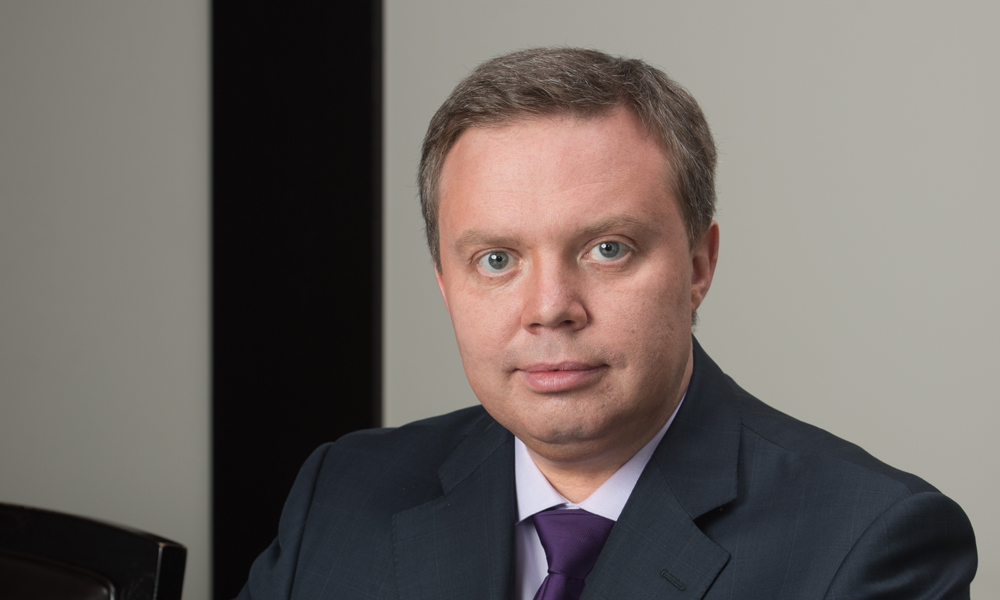
Kirill Komarov: Nuclear Generates 38% of Green Power
back to contents– In 2015, an agreement was signed at the UN Climate Change Conference in Paris to reduce carbon dioxide emissions. What is the role of nuclear in climate change prevention amidst the growing demand for electric power in the world?
– Power generation is a key contributor to growing CO2 emissions, and the future of humanity, I dare say, depends on a well-chosen source of power. According to the International Energy Agency, it is nuclear that generates 38% of ‘green’ energy in the world. In this sense, nuclear plays a very important role in our future.
Nuclear and renewables cannot be opposed to each other. Quite the opposite, they are allies rather than rivals, and complement each other very well.
Nuclear stations provide base load and work regardless of weather conditions, generating power 24/7. Renewables are strongly dependent on weather conditions. A good example is Marrakesh where we are now. There are clearly more that 300 sunny days a year. Let us think of Moscow for a second. It is no less clear that solar generation is not as efficient there as it is here, in Morocco. The same is true for wind power. There are areas where winds are strong and those where they are weak. Besides, the wind does not reliably blow 24 hours a day, but power is always needed.
– What is the advantage of nuclear over renewables?
– It is interesting to mention Germany, which has decided to phase out nuclear energy. When this decision was made, the country had 17 operating nuclear reactors. Around half of them have been shut down since then, while the others are still in operation. If the reactors are unsafe, why are the others still online? If all of them are safe, why were some of them shut down? The main thing that has happened in Germany after the nuclear phase-out decision is an increase in CO2 emissions over the last two years.
At present, the country focuses on wind and solar, but they are not always on, and Germany has to start coal-fired power stations from time to time. This immediately results in increased CO2 emissions. We cannot ignore the fact that each country has its regional specifics and preferences. If viewed from this point, I think, the future of the power industry is an energy mix. One cannot say that the entire industry should be either nuclear or renewable. Regional specifics and climate are to be taken into account. Our common goal is to find the most efficient and cheapest energy solutions.
– Let us talk about wind power. Not long ago Rosatom announced its decision to enter the wind generation market. Have any agreements been made to produce wind turbines for this project in Russia? Have you selected a technology supplier?
– We started this project in the summer of 2016 after we had won a public tender earlier this year. We have already signed a capacity supply agreement (an agreement that secures a return on investment through guaranteed capacity payments). It provides for the first wind park to be commissioned in 2018, followed by two more, with a total capacity of 610 MW. We plan to select a technology supplier by the end of this year. Initially, we received bids from 21 companies.
Now there are three of them on our shortlist, and we will name the winner by the year end and sign all the required documents. The main difficulty is a clear and tough requirement made by the Government – the local content should be at least 65%. The Government will pay only if each wind turbine is manufactured in Russia. The country will benefit from the project as it will create new jobs and bring new technologies. This is why it is so important to choose the right partner – a partner who will be prepared for an extensive technology transfer to Russia.
– What is your estimate of capital investments in Russian wind parks with a total capacity of 610 MW?
– We estimate them at one billion euros. There will be three parks.
– What options do you consider to finance wind power projects? Do you plan to borrow money abroad?
– Many banks and other financial institutions have taken great interest in financing the project because the Government guarantees to pay for electric power to be generated by wind parks. Interest to investments is really great and comes from Russian investors. There is no need to have talks with foreign investors as all major Russian banks have come up with proposals to take part in the project. Their decisions are reasoned.
– Why is Rosatom interested in wind generation projects?
– We see these projects as a logical development of our policy that nuclear belongs to the non-carbon energy mix. Another reason is that Rosatom has enough capacity to manufacture wind turbines and other equipment for wind power generation. We know the power market and know how to invest money and manage new construction projects. This gives us a good chance to make the project profitable for us and all the other parties involved.
– How much does Rosatom invest in environmental protection?
– Last year we spent nearly 31 billion rubles on environmental initiatives. This year’s spendings will be comparable in size. There are things you should not spare money for, and environmental protection is definitely one of them.
At present, we are working hard on a joint project with the Ministry of Natural Resources and Environment and the Federal Forestry Agency. Yet at its initial stage, the project targets illegal logging. We are discussing the use of special radio frequency devices to monitor harvested timber. Next year we will launch a series of pilot projects in the Irkutsk Region severely affected by illegal logging. The project may be very interesting.




